Mozuku in amazu/sweet vinegar as served at Yasaitei, Shizuoka City.
Seaweed or algae have been used for eons by humans, but have only been recently rediscovered as a food of their own.
Seaweeds are consumed by coastal people, particularly in East Asia, e.g., Japan, China, Korea, Taiwan, Thailand, and Vietnam, but also in Indonesia, Belize, Peru, the Canadian Maritimes, Scandinavia, Ireland, Wales, Philippines, and Scotland.
It is rich in calcium and magnesium and seaweed noodles can be cooked into pancit canton, pancit luglug, spaghetti or carbonara.
Nori
In Asia, Zicai (紫菜) (in China), gim (in Korea) and nori (in Japan) are sheets of dried Porphyra used in soups or to wrap sushi. Chondrus crispus (commonly known as Irish moss or carrageenan moss) is another red alga used in producing various food additives, along with Kappaphycus and various gigartinoid seaweeds. Porphyra is a red alga used in Wales to make laver. Laverbread, made from oats and the laver, is a popular dish there. Affectionately called “Dulce” in northern Belize, seaweeds are mixed with milk, nutmeg, cinnamon, and vanilla to make a common beverage.
Seaweeds are also harvested or cultivated for the extraction of alginate, agar and carrageenan, gelatinous substances collectively known as hydrocolloids or phycocolloids. Hydrocolloids have attained commercial significance as food additives. The food industry exploits their gelling, water-retention, emulsifying and other physical properties. Agar is used in foods such as confectionery, meat and poultry products, desserts and beverages and moulded foods. Carrageenan is used in salad dressings and sauces, dietetic foods, and as a preservative in meat and fish products, dairy items and baked goods.
Alginates are used in wound dressings, and production of dental moulds. In microbiology research, agar is extensively used as culture medium.
Seaweed is a source of iodine, necessary for thyroid function and to prevent goitre.
Seaweed extract is used in some diet pills. Other seaweed pills exploit the same effect as gastric banding, expanding in the stomach to make the body feel more full.
Konbu Tsukudani, a popular Japanese seaweed dish.
The Japanese divide their edible seaweed into three main groups:
BROWN ALGAE:
-Konbu/昆布, or Laminariaceae Bory (Latin), comprises many varieties, some of them regional: Makonbu or Saccharina japonica(真昆布), Onikonbu or Laminaria diabolica(羅臼昆布), Rishiri Konbu or Laminaria ochotensis(利尻昆布), Hosome Konbu or Laminaria religiosa(細目昆布), Hitaka or Mitsuishi Konbu or Laminaria angustata(日高昆布、三石昆布), Naga or Hamanaka Konbu or Laminaria longissima(長昆布、浜中昆布), and Kagome or Kjellmaniella crassifolia(籠目昆布).
-Hijiki or hiziki (ヒジキ, 鹿尾菜 or 羊栖菜, hijiki) (Sargassum fusiforme, or Hizikia fusiformis) is a brown sea vegetable growing wild on rocky coastlines around Japan, Korea, and China. Its two names mean deer-tail grass and sheep-nest grass respectively.
-Hibatama or Fucus, a genus of brown alga in the Class Phaeophyceae to be found in the intertidal zones of rocky seashores almost everywhere in the world.
-Hondawara or ホンダワラ(馬尾藻、神馬藻 (Sargassum fulvellum)
-Mozuku, or Cladosiphon okamuranus (水雲; 藻付; 海蘊; 海雲) , a type of edible seaweed in the genus Cladosiphon, naturally found in Okinawa, Japan. Most of the mozuku now is farmed by locals, and sold to processing factories. The main use of mozuku is as food, and as source of one type of sulfated polysaccharide called Fucoidan to be used in cancer treatment aid health supplements.
-Wakame (ワカメ), Undaria pinnatifida, a sea vegetable, or edible seaweed. In Japan it is most widely used in miso soup.
Yes, these violet and green alagae are edible!
VIOLET ALGAE:
-Asakusa Nori, or アサクサノリ(浅草海苔 (Porphyra tenera).
-Tengusa, which gives agar agar, a gelatinous substance. Historically and in a modern context, it is chiefly used as an ingredient in desserts throughout Japan, but also as solid jelly used as decoration in salads and others.
GREEN ALGAE:
-Aosa or sea lettuce comprising comprise the genus Ulva, a group of edible green algae that are widely distributed along the coasts of the world’s oceans.
-Aonori (青海苔 or アオノリ, “blue seaweed” or “green seaweed”), also known as green laver, a type of edible green seaweed, including species from the genera Monostroma and Enteromorpha of Ulvaceae. It is commercially cultivated in some bay areas in Japan, such as Ise Bay. It contains rich minerals such as calcium, magnesium, lithium, vitamins, and amino acids such as methionine.
-Umibudou, or sea grapes, a delicacy of its own!
MARKET AVAIBILITY IN JAPAN:
In Japan it is interesting to note you can easily buy seaweed in paste form:
Konbu
Aosa
Hijiki
Next here are some pics to help you discover/recognize edible varieties in the markets:
Akamoku
Makusa
They often come as a mixture!
Red Algae
JAPANESE GASTRONOMY:
Here are some examples of the use of seaweed in Japanese gastronomy that can be expanded and inspired from wherever in the world you are, you being vegan, vegetarian or omnivore!
I have reduced the size of the pictures. Click on them to enlarge and copy them!
Agar or Crystal Kaiso/Crystal Seaweed!
The same in a salad!
An example of seaweed salad with wakame and agar.
Another seaweed salad with samples harvesyed in Noto Peninsula, Ishikawa Prefecture!
An Okinawa variety called somen nori!
Another local variety called Tsunotama/Horns and Balls!
Wakame appetizer!
Wakame Noodles!
Another Wakame salad!
Wakame sticks cooked with miso paste!
Wakame and Miso Paste mix from Kanzanji, Shizuoka Prefecture!
Wakame and Miso Bread!
Wakame Miso Soup!
Wakame, tofu and miso Soup!
A bowl of freshly steamed rice with seaweed paste!
Soba/Buckwheat noodles with nori and green leaf vegetables!
Seaweed, trefoil and ground seame seeds salad!
The best way to eat rice?
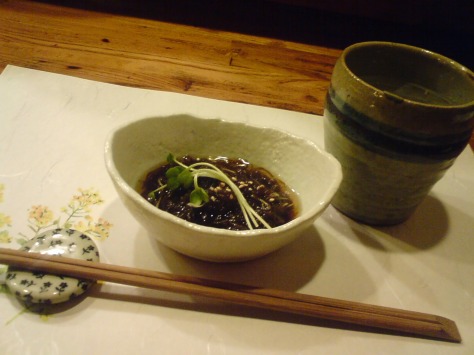
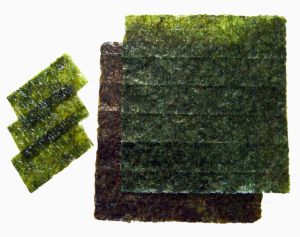
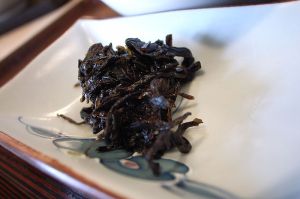
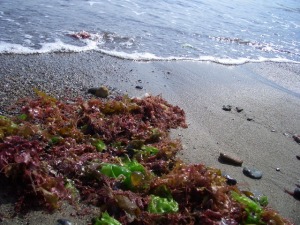
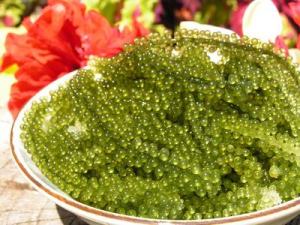
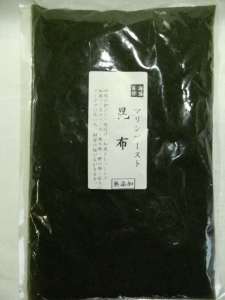
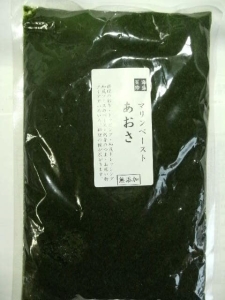
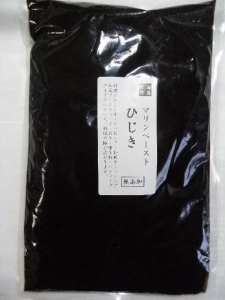
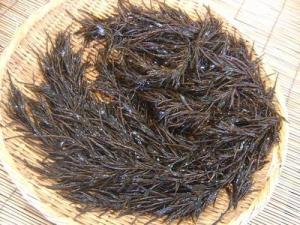
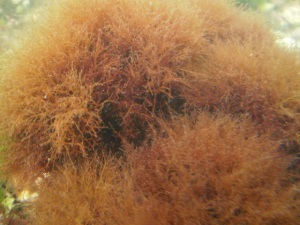
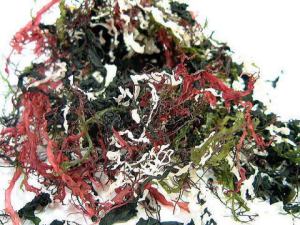
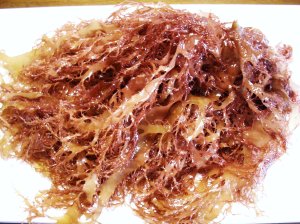
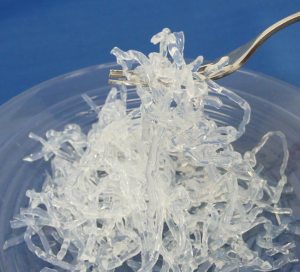
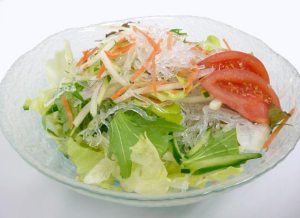
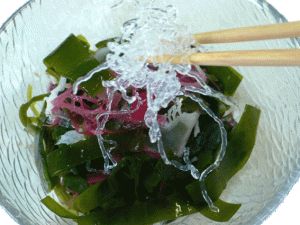
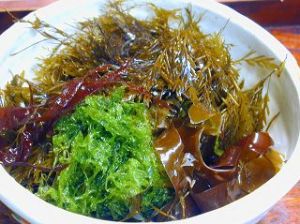
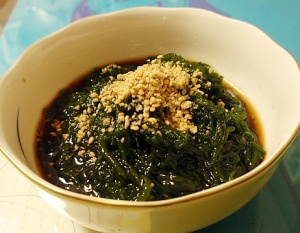
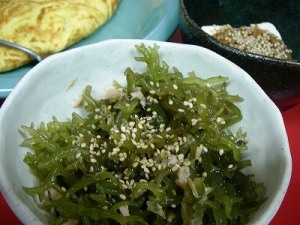
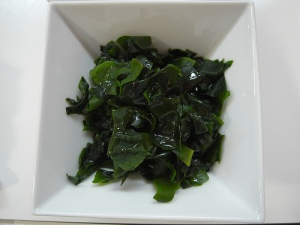
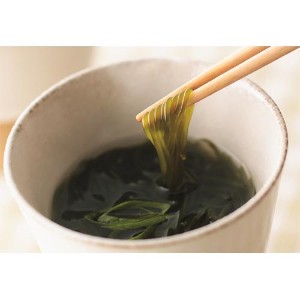
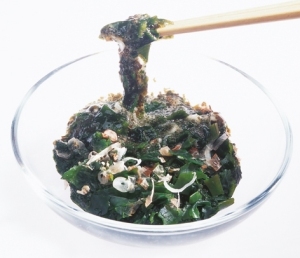
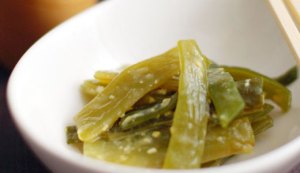
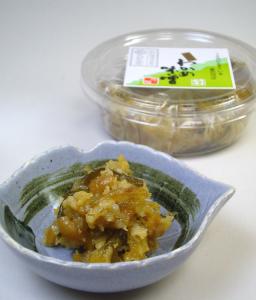
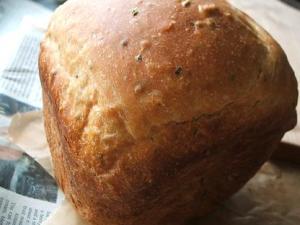
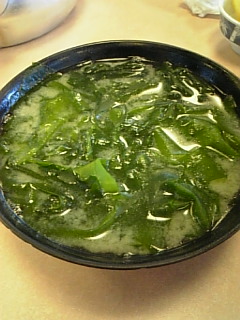
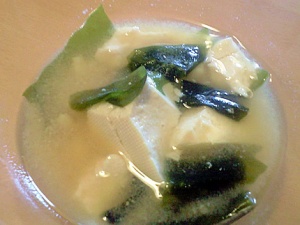
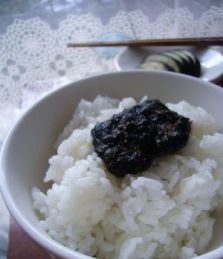
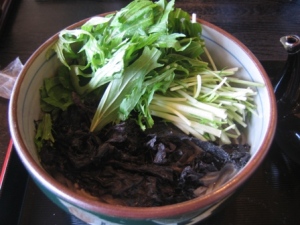
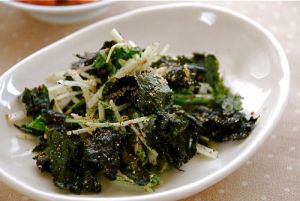
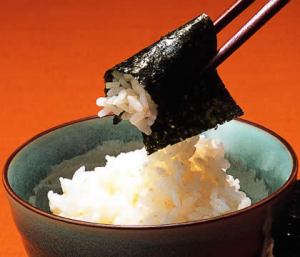
What a thorough review of different types of sea vegetables — love this! Is the wakame miso bread homemade?
LikeLike
Dear Manju!
Greetings!
yes, it was homeemade!
Cheers,
Robert-Gilles
LikeLike
Perfect, I’ll link to this – thanks so much for sharing!
LikeLike
You are most welcome, dear Lou-Ann!
Cheers,
Robert-Gilles
LikeLike